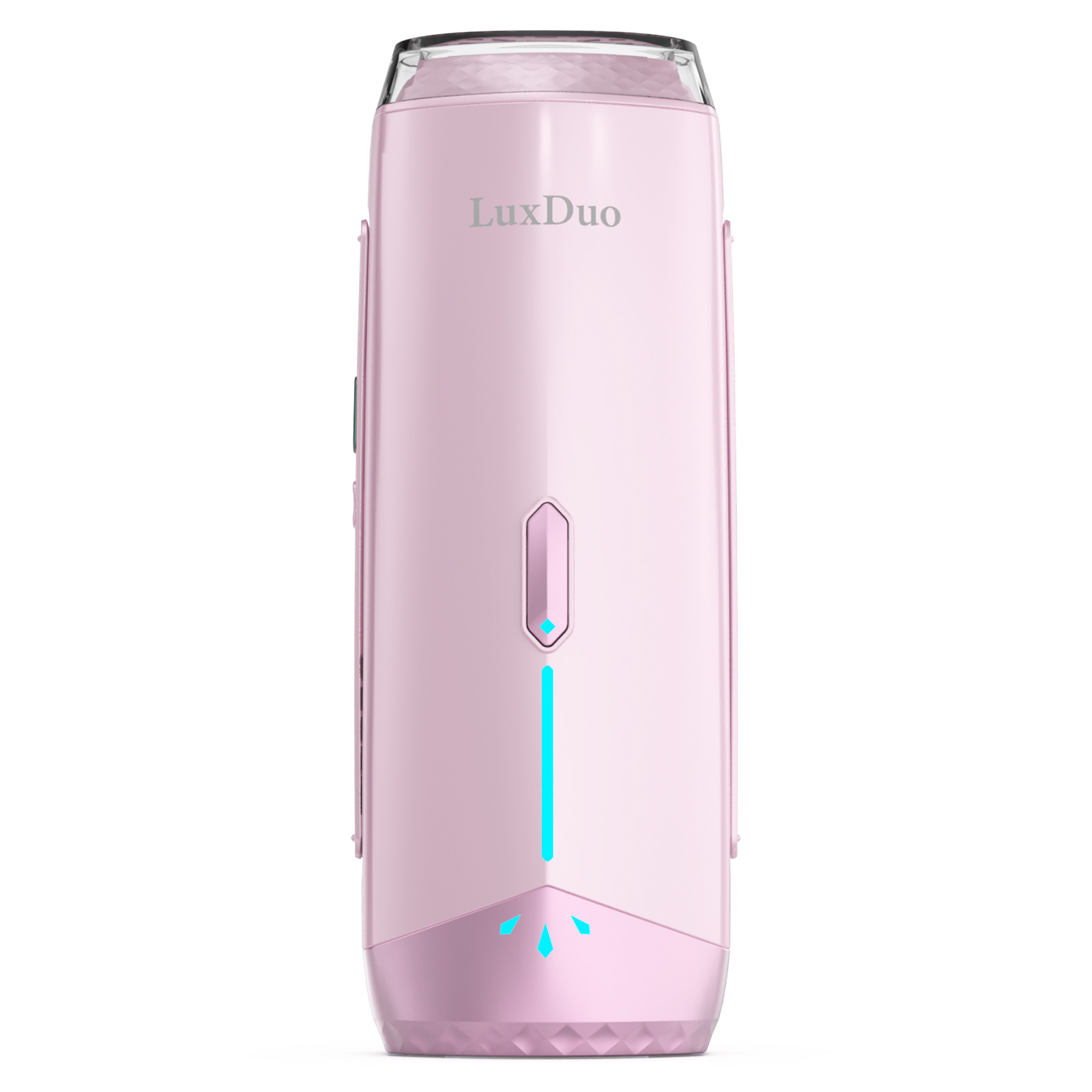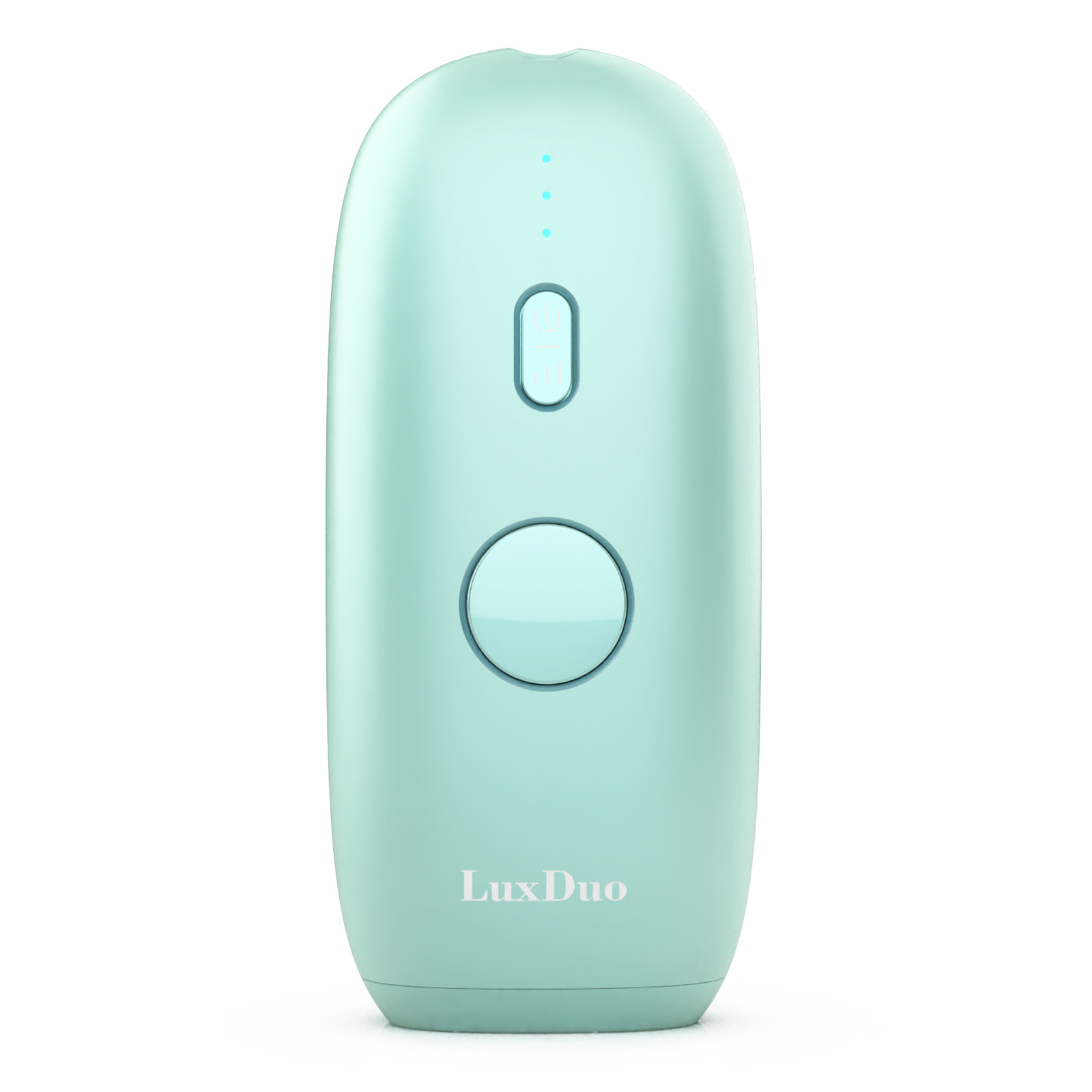The aesthetic history of "armpit hair taboo"
The ancient Roman baths had a "skincare center" specifically designed for women
2021-11-12

In ancient civilizations, there were rules about the body.
When viewing mummies in ancient Egypt, it is rare to see mummies with fur. Ancient Egyptian society had a unique aesthetic where the ideal body image was to be completely hairless. Pharaohs and their families need to conform to this ideal model by removing their entire body hair and wearing thick wigs made of animal hair or plant fibers. Even upper class men may shave their beards and wear fake beards.
And the ancient Greeks' worship of beauty gave birth to various ways of regulating their bodies. From the sculptures of ancient Greece, it can be seen that all the goddesses in Greek mythology are depicted with smooth bodies (except for hair), while male sculptures show signs of hair on their bodies. In fact, in the upper class society of ancient Greece, men had a strong aversion culture towards the hair on women's bodies, especially pubic hair. Even invented a paste made of various toxic chemicals to burn hair off women's bodies.
The ancient Roman baths had a "skincare center" specifically designed for women, equipped with various hair removal tools such as tweezers, razors, and frosted cotton paper... It was like a "torture chamber" that did everything possible to help women showcase their smooth bodies.
In medieval Europe with the custom of witch hunting, the culture of taboo hair was even more outrageous. They believe that pubic hair can summon demons, so women with long body hair will be pulled to public places for a "shaving ceremony" in front of everyone, while women with body hair over 15 centimeters will be treated as witches and subjected to extreme punishment. In the Middle Ages, various bizarre hair removal formulas were even developed.
Since the beginning of the European Renaissance, although body hair was still taboo, the "hair removal business" of European women has been reversibly associated with bodily liberation - the more parts of the body that need to be removed from hair, the more parts that can be exposed. In the 16th century, European women were not even allowed to expose their ankles, while in the 18th century, fashion could vaguely reveal their lower arms. As a result, women in the upper echelons of European society had to once again pay attention to their "underarm civilization".
Modern Society: The Metaphor of Female Hair Co created by Capital and Patriarchy
The prevalent "armpit hair disgust" culture today is often traced back to a commercial conspiracy that began in 1915. In 1915, Gillette Company of the United States first introduced a female specific hair scraper. The May issue of Harper's Bazaar, a fashion magazine in the United States, featured an advertisement for a hair scraper called Milady. The model was dressed in a popular low cut sleeveless evening gown at the time, raising her arms and revealing her smooth armpits, outlining an ideal and beautiful female appearance.
Relevant information
IPL Hair Removal at Home: Smooease’s Breakthrough for Effortless, Long-Lasting Smoothness
2025-02-24
How to Choose the Right Laser Hair Removal Device: A Complete Guide
2025-01-15
How to Use a Laser Hair Removal Device at Home: A Complete Guide for Smooth, Hair-Free Skin
2025-01-10













